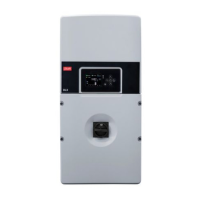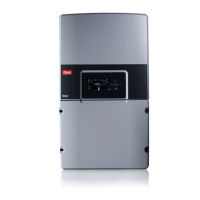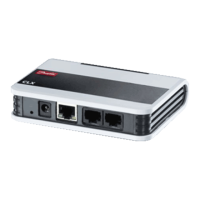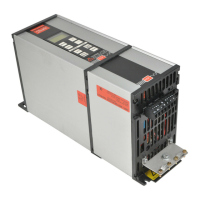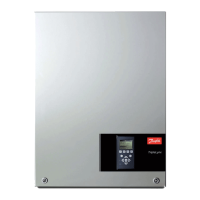
Do you have a question about the Danfoss DLX 3.8 UL and is the answer not in the manual?
| UL Standard | UL 1741 |
|---|---|
| Frequency | 60 Hz |
| Protection Class | IP65 |
| Cooling Method | Convection |
| Altitude | Up to 3000 m |
| Type | Grid-Tie Inverter |
| Maximum DC Power | 3800 W |
| AC Voltage | 208/240 V |
| Maximum DC Voltage | 600 V |
| Ambient Temperature | -25 to 60°C |
| Storage Temperature | -40°C to +70°C |
| Humidity | 0-100% |
Covers general safety guidance, personnel qualifications, and safety protection features.
Explains hazard warning symbols and requirements for electrical code compliance.
General description of the DLX UL inverter series, its features, and automatic operation.
Details on the web server for data monitoring and the inverter's automatic start-up and shutdown.
Describes the inverter's automatic start-up, MPPT function, and sleep mode.
Lists the safety and EMC standards the DLX UL inverters comply with.
Covers available product variations and optional features for DLX UL inverters.
Highlights the inverter's main capabilities.
Explains hazard warning symbols used in the guide.
Covers initial preparations, contacting the utility, and safe electrical connection warnings.
Details requirements for mounting location and ventilation.
Specifies necessary safety equipment like disconnection and overcurrent protection devices.
Guides on wall bracket assembly, inverter mounting, and ensuring correct spacing.
Lists essential checks before proceeding with electrical connections for safety.
Covers conductor sizing criteria: ampacity and voltage drop.
Identifies and explains the customer connection area terminals.
Details how to use knock-outs for conduit fittings on the Stringbox.
Explains the importance and procedure for proper PV system grounding.
Guides for connecting PV array wiring to the inverter's DC terminals.
Details grid connection procedures for single-phase systems with and without neutral.
Explains Ethernet, CAN, and RS-485 interface connections for communication.
Final checklist to ensure all installation steps are correctly completed before powering on.
Procedure for the first power-up, including initial settings and installation menu.
Explains the LCD screen, LEDs, function keys, and how to customize settings.
Walkthrough of installation wizard for language, date, time, and grid configuration.
Details the different user access levels (Guest, Owner, Installer) and password management.
Describes the inverter's standard display screens for single units and PV plants.
Explains inverter status indicators (LEDs) and operational modes.
Overview of setup categories including General, Network, Inverter, Plant, and Grid configuration.
Features for deleting data, managing alarms, and setting up email notifications.
Information on logged events, daily, monthly, and yearly performance statistics.
Guides on connecting the inverter to a computer via Ethernet or network.
Instructions for accessing the inverter's web interface for detailed information and settings.
A guide to diagnose why the inverter is not feeding power to the grid.
Explains operational messages, warnings, and alarms with corresponding actions.
Safe procedures for turning off and discharging the inverter before maintenance.
Covers checks for modules, cables, connections, fuses, and DC fuses/ground fuse.
Procedure for checking inverter interior for humidity/dust and cleaning the heatsink.
Instructions for fan replacement and regular inspection of varistors for protection.
Step-by-step guide for dismounting and replacing the inverter unit.
Procedures for returning the inverter for repair or for proper disposal.
Details on warranty duration, service requirements, and disclaimer for misuse.
Lists conditions under which Danfoss is not responsible for inverter damage.
Comprehensive technical specifications for DLX UL inverter models, including AC/DC parameters.
Adjustable voltage and frequency trip limits for different grid configurations.
